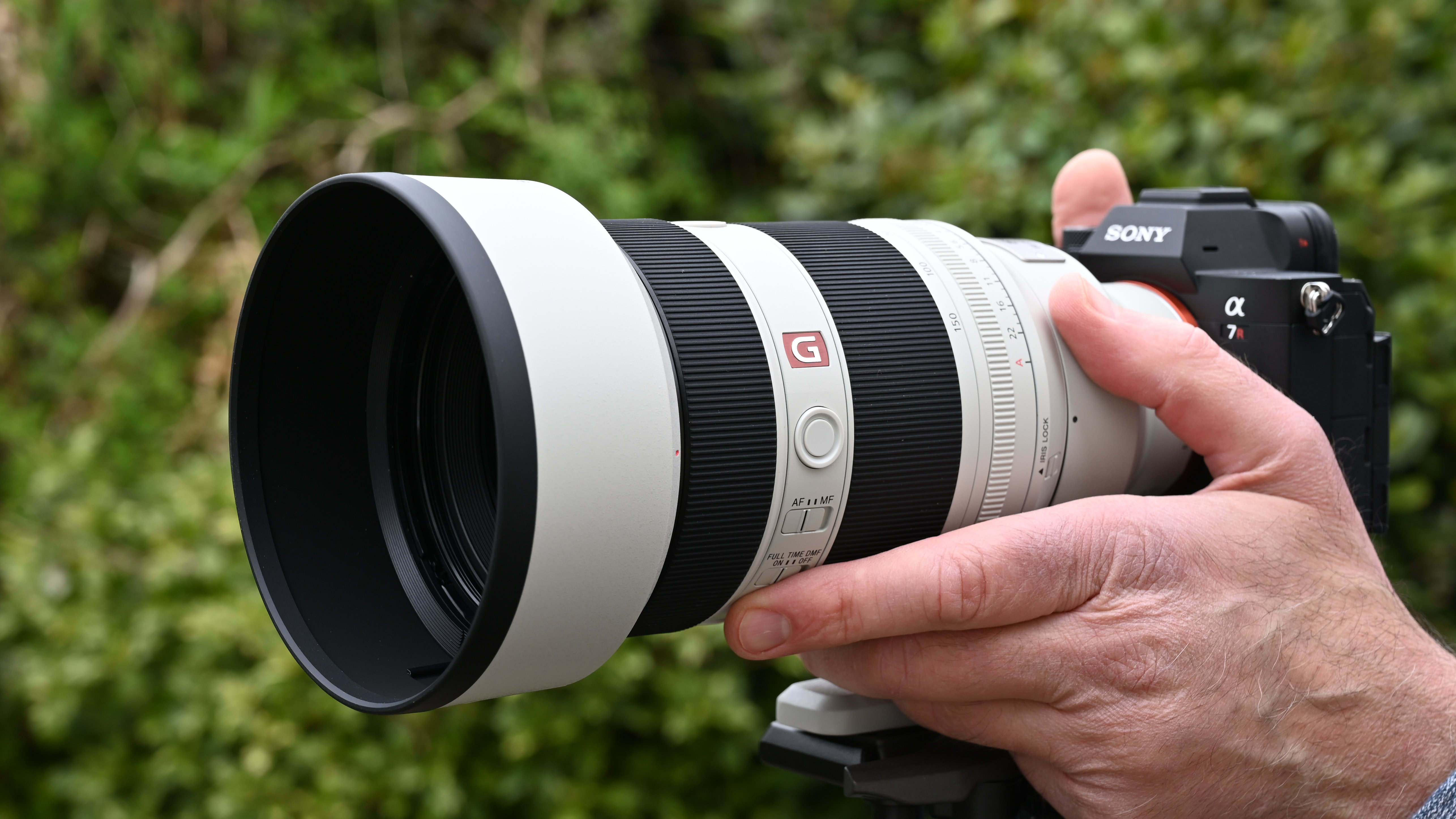V&A Parasol Foundation Prize for Women in Photography champions women artists
V&A announces winners of the Parasol Foundation Prize for Women in Photography
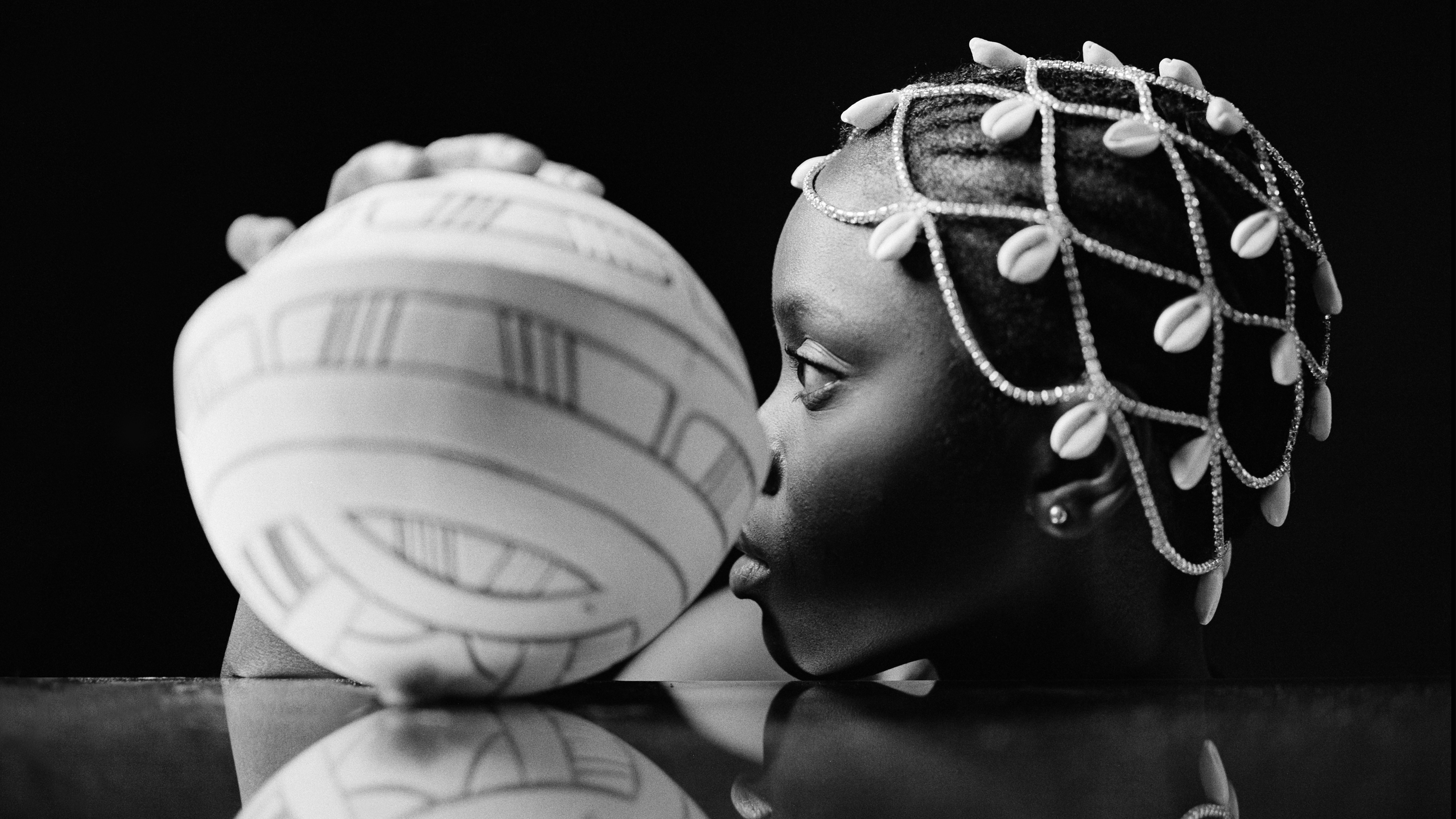
The world-famous V&A – or the Victoria & Albert Museum in London – has revealed the recipients of the V&A Parasol Foundation Prize for Women in Photography, now in its second year. The Prize was established to identify, support, and elevate women artists, and is a key component of the broader V&A Parasol Foundation Women in Photography Project.
The four winners of the Prize; Aisha Seriki, Mia Weiner, Nancy Floyd, and Silvia Rosi will all showcase their work at Peckham 24, a dynamic week-long contemporary photography festival in South London, opening on Friday, May 17, 2024.
In collaboration with Peckham 24, this prize aims to amplify the voices of women, celebrate diversity, and advance equality in the arts. It has been made possible by the generous support of Ms. Ruth Monicka Parasol and The Parasol Foundation Trust, which actively empowers women across science, health, heritage, and the arts.
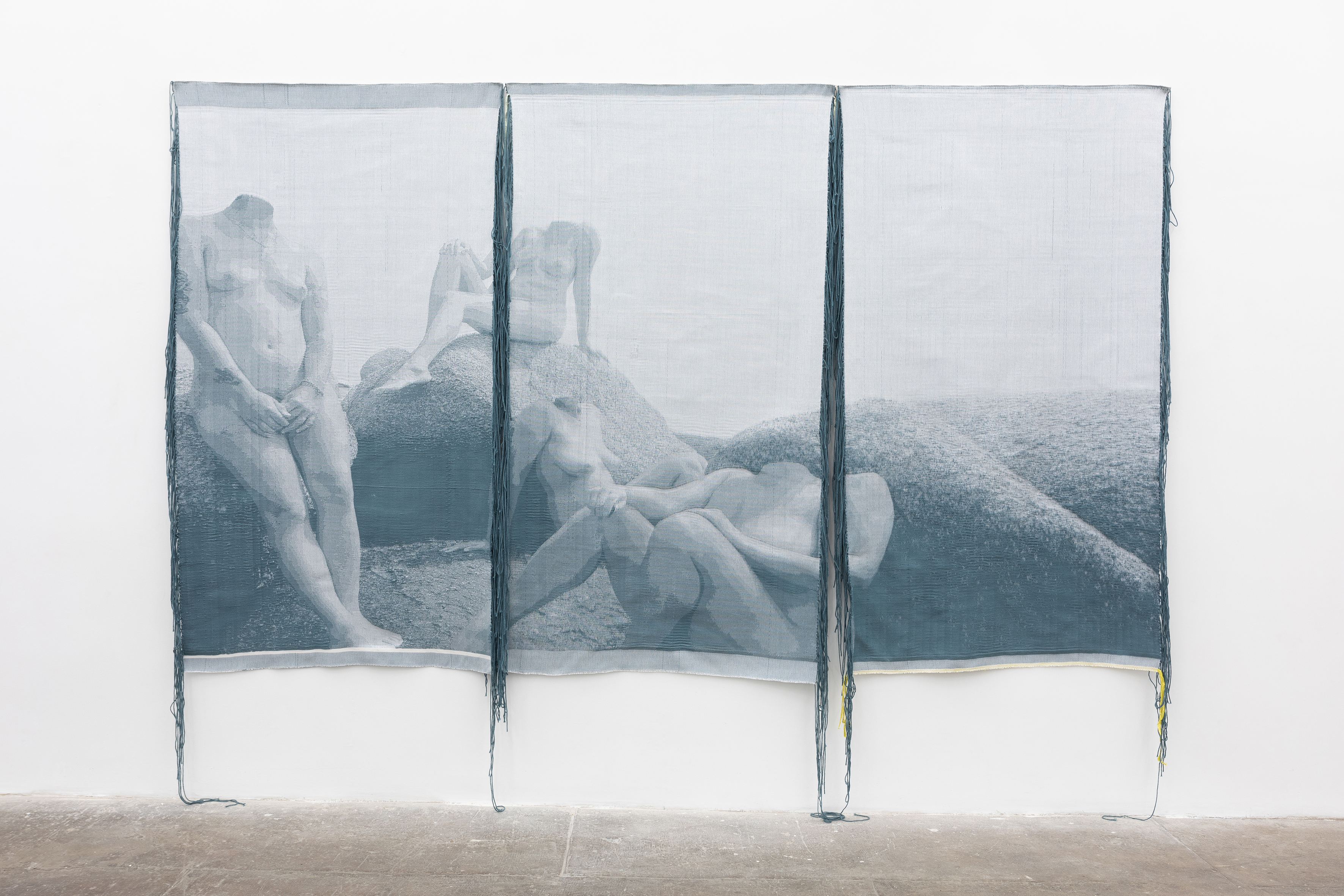
This year, the Prize attracted over 1,400 submissions from artists globally, spanning established and emerging talents, and offering a compelling panorama of contemporary photographic approaches. Submissions showcased innovative interpretations of the theme 'Histories', prompting artists to explore the interplay between history and photography, delve into historical techniques and archives, and envision reimagined or speculative futures.
The four artists were selected by the V&A’s external prize selection committee, co-chaired by Fiona Rogers, the inaugural Parasol Foundation Curator of Women in Photography at the V&A, and Vivienne Gamble, co-founder of Peckham 24. Joining them were Bruno Ceschel, founder and director of Self Publish, Be Happy (SPBH), Dr. Zoé Whitley, director of Chisenhale Gallery, London, and Deborah Willis, professor at the Tisch School of the Arts, New York University.
Of the winners, the selection committee said: ‘
These four artists brilliantly demonstrate a nuanced understanding of the theme ‘Histories’, capturing the concept with diverse and sophisticated visual approaches. Drawing on performative self-portraiture and studio techniques, each artist interrogates personal and social narratives, including the history of photography itself. Through their work, they offer compelling insights into the complexities of the past and its enduring influence on the present.’
Get the Digital Camera World Newsletter
The best camera deals, reviews, product advice, and unmissable photography news, direct to your inbox!
The Winners:
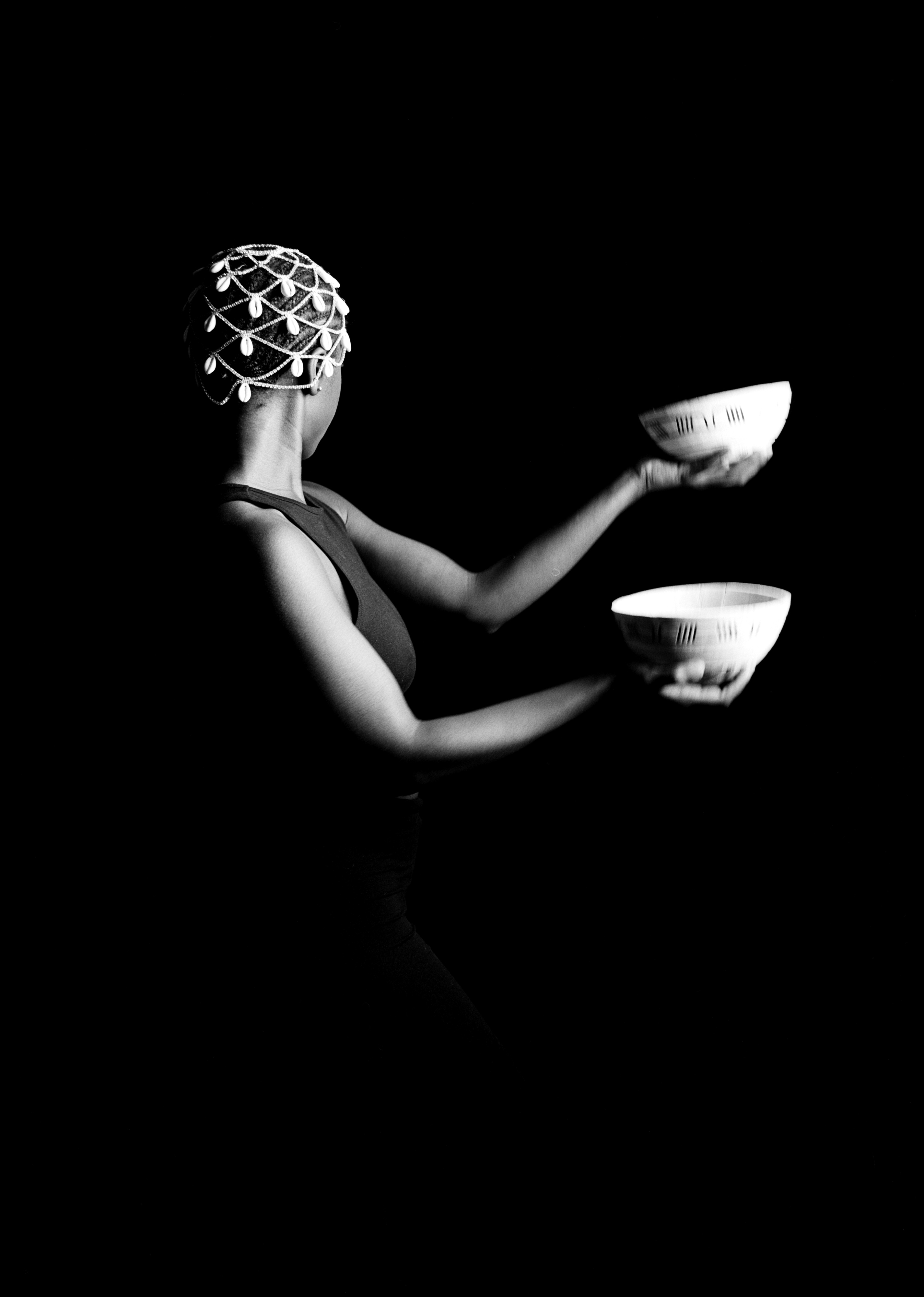
Aisha Olamide Seriki is a Nigerian, London-based multimedia artist pursuing an MFA in Arts and Humanities at the Royal College of Art. Grounded by the principles of Ìṣẹ̀ṣe (Yorùbá Spiritual Tradition), her work uses photo-manipulation techniques to explore the relationships between photography and the self.
Influenced by the concept of Orí (a Yorùbá reference to one's spiritual destiny) Seriki’s series Orí Inú investigates the history of photographic ‘keepsakes’, drawing on the metaphor of the calabash and the comb as cultural symbols of African diasporan histories, empowerment, ritual and self-care.
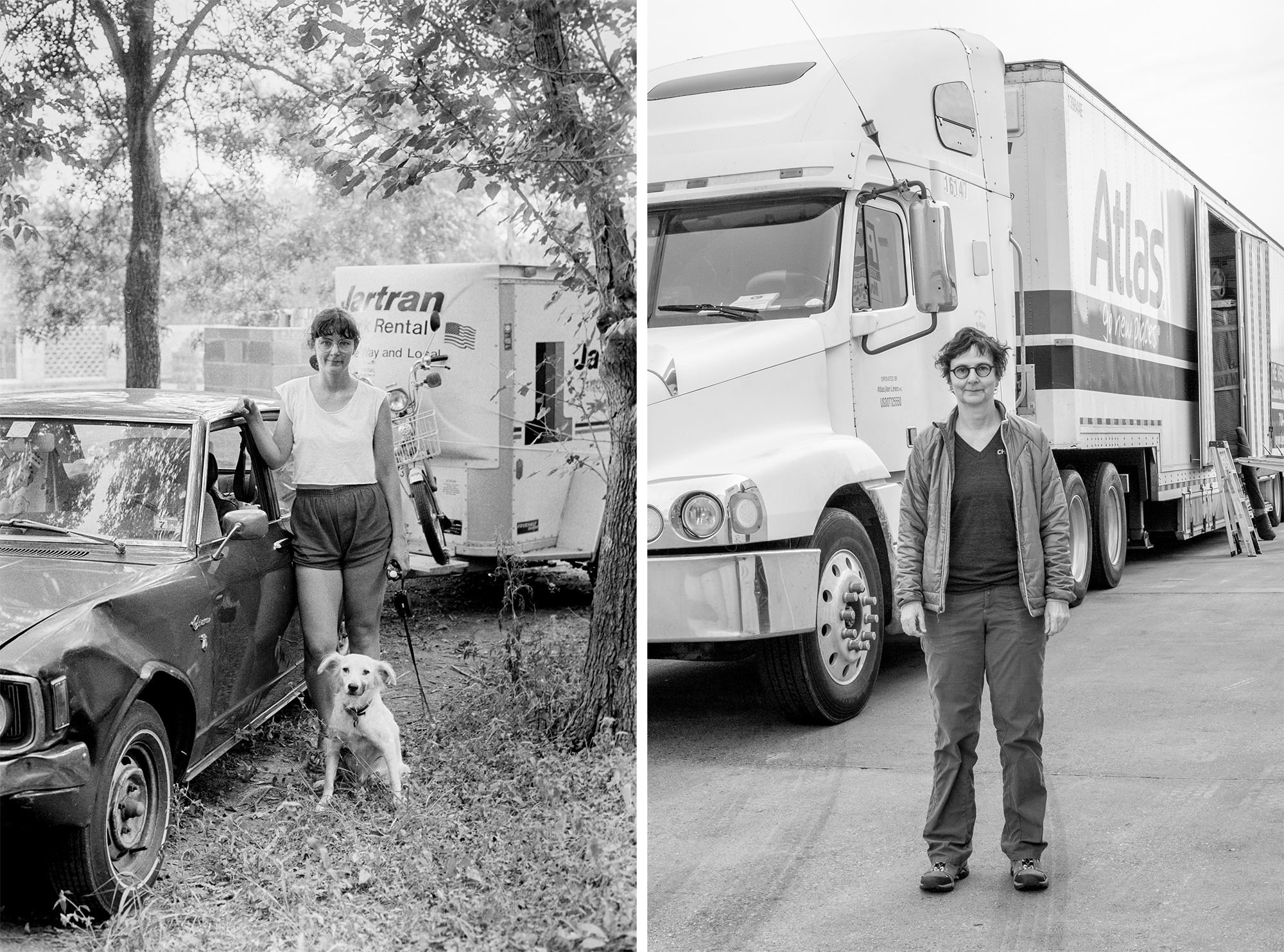
Nancy Floyd is an American artist raised in Texas and based in Oregon. Weathering Time is an ongoing series of environmental self-portraits which began in 1982 when Floyd was just 25 years old.
40 years later, this ‘visual calendar’ now comprises 2500 photographs which reflect the artist’s personal experience of aging whilst also reflecting on the cultural, technological, and physical changes that have occurred over the past forty years.
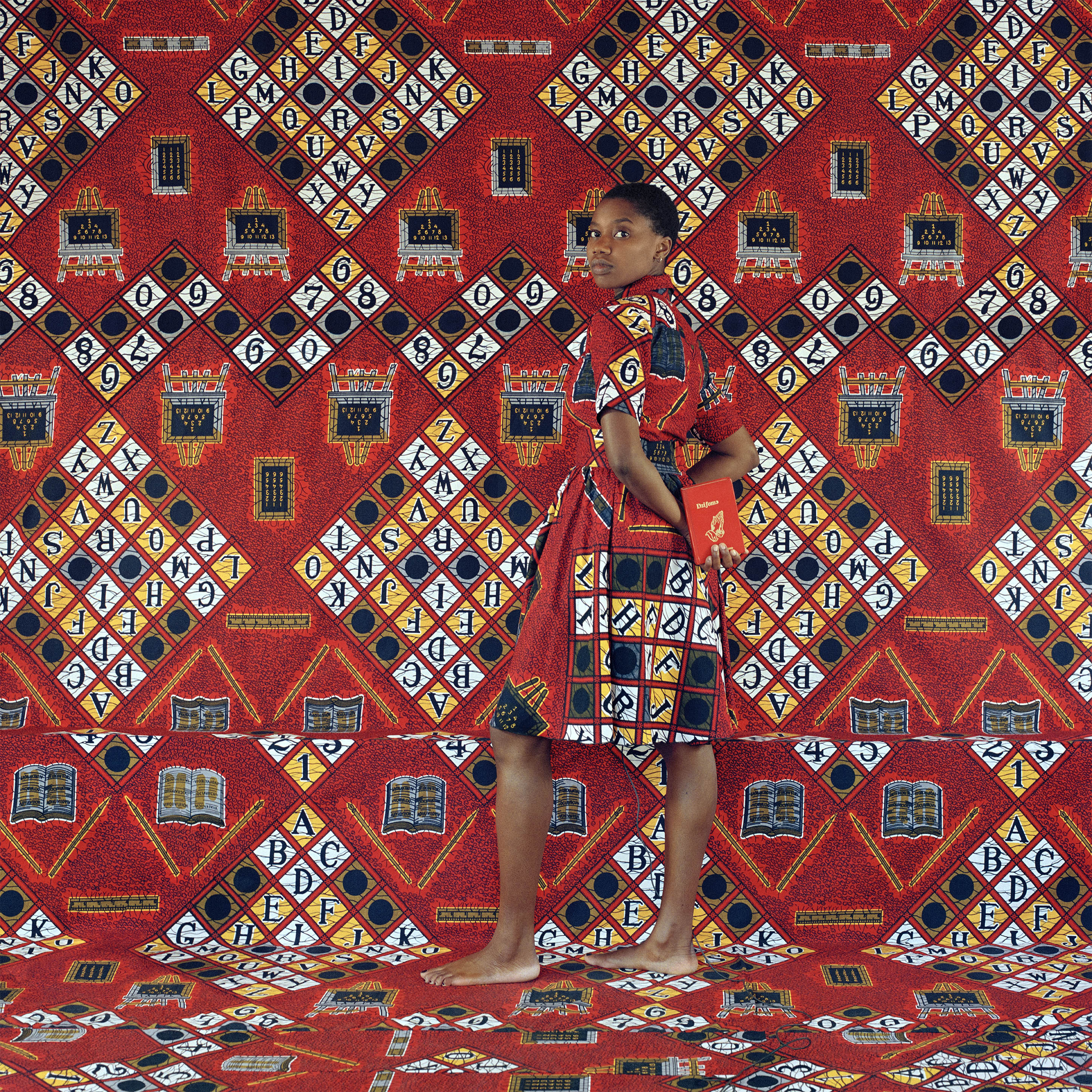
Silvia Rosi works with photography, text, and moving image to explore ideas of memory, migration, and diaspora. Born in Italy and living and working between the UK and Togo, Rosi’s practice is inspired by West African studio photography and the artist’s Togolese heritage.
Her series Teacher Don’t Teach Me Nonsense combines photography and video to explore the artist’s connection to Mina, a Togolese language regulated by colonial rule.
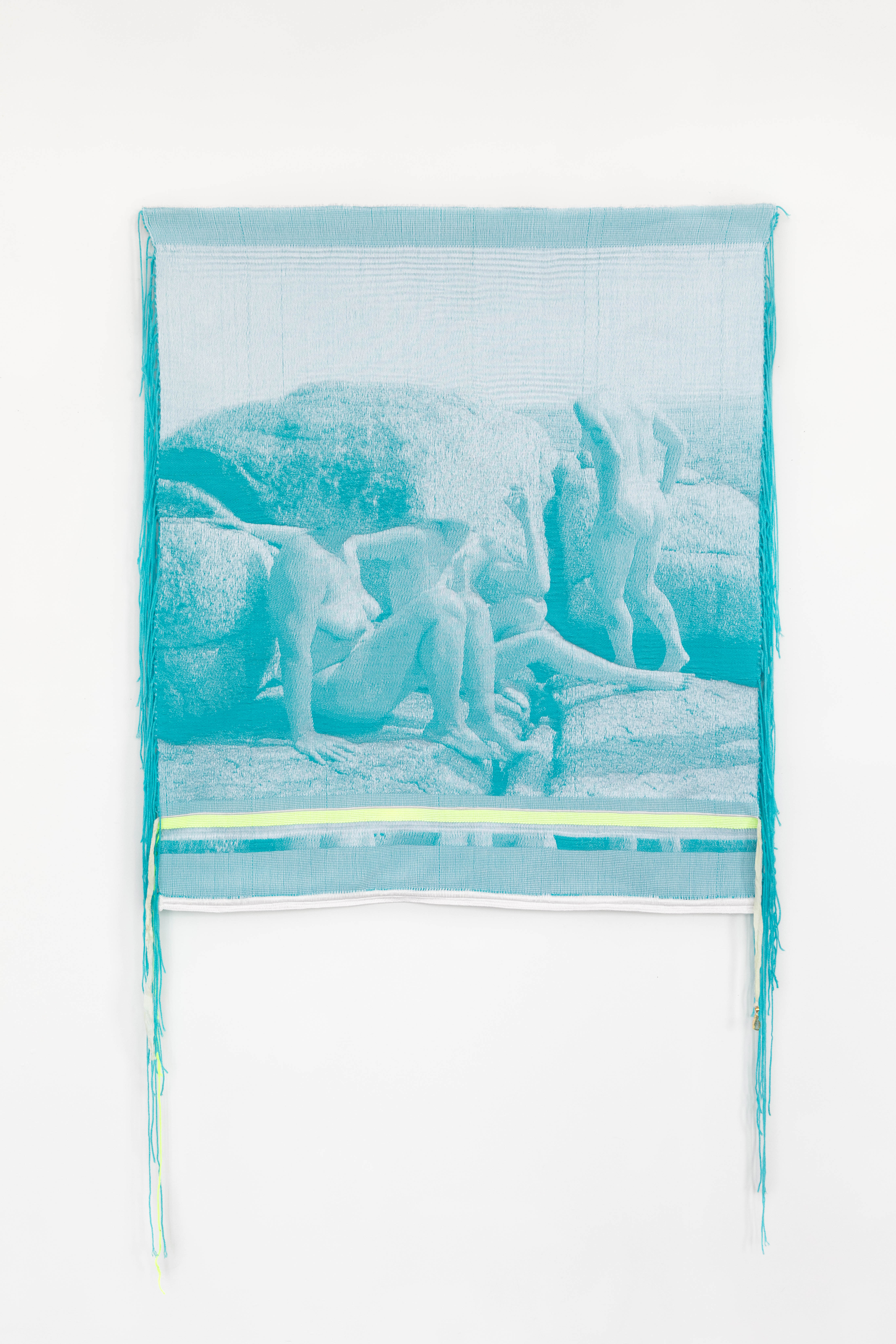
Responding to historical textiles, Los Angeles-based artist Mia Weiner creates hand-woven tapestries that explore mythology, identity, gender, and queerness, reflecting on personal relationships, memory, and the body.
In Sirens, Weiner interrogates how the human figure has been represented in art history and in particular how female subjects have often been depicted as objects. Working with her own body along with other female, non-binary, and intersex models, Weiner explores how figurative representation can hold power and agency.
The V&A Parasol Foundation Women in Photography Project is a major new programme celebrating the achievements of women in photography, spanning a curatorial position, acquisitions, research, education, and public displays.
Ruth Parasol is its Principal Benefactress giving much of her time as one of the Trustee Directors, guiding grant-making, continuing to fund the Trust with her additional money, and her private family office providing administrative and investment support.

For nearly two decades Sebastian's work has been published internationally. Originally specializing in Equestrianism, his visuals have been used by the leading names in the equestrian industry such as The Fédération Equestre Internationale (FEI), The Jockey Club, Horse & Hound, and many more for various advertising campaigns, books, and pre/post-event highlights.
He is a Fellow of the Royal Society of Arts, holds a Foundation Degree in Equitation Science, and holds a Master of Arts in Publishing. He is a member of Nikon NPS and has been a Nikon user since his film days using a Nikon F5. He saw the digital transition with Nikon's D series cameras and is still, to this day, the youngest member to be elected into BEWA, the British Equestrian Writers' Association.
He is familiar with and shows great interest in 35mm, medium, and large-format photography, using products by Leica, Phase One, Hasselblad, Alpa, and Sinar. Sebastian has also used many cinema cameras from Sony, RED, ARRI, and everything in between. He now spends his spare time using his trusted Leica M-E or Leica M2, shooting Street/Documentary photography as he sees it, usually in Black and White.
